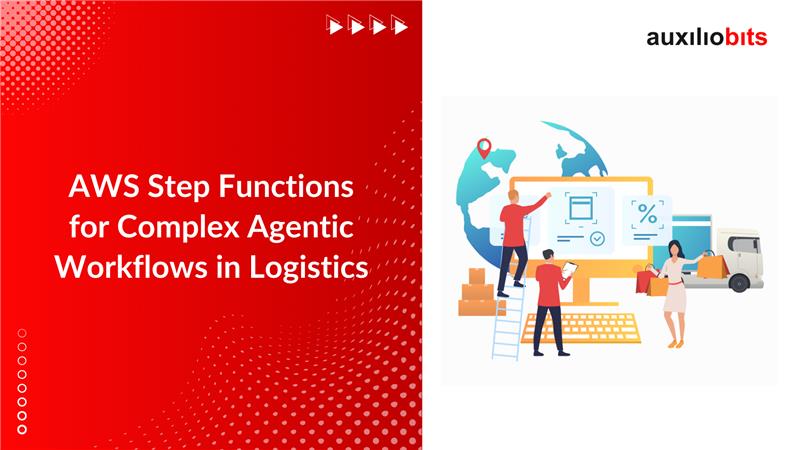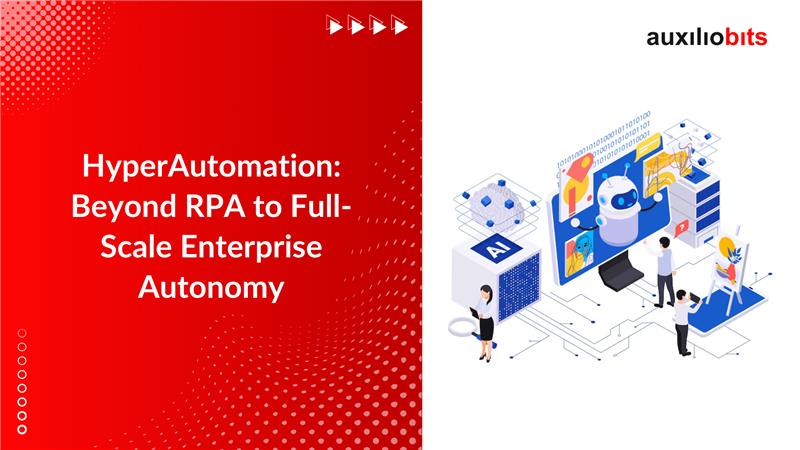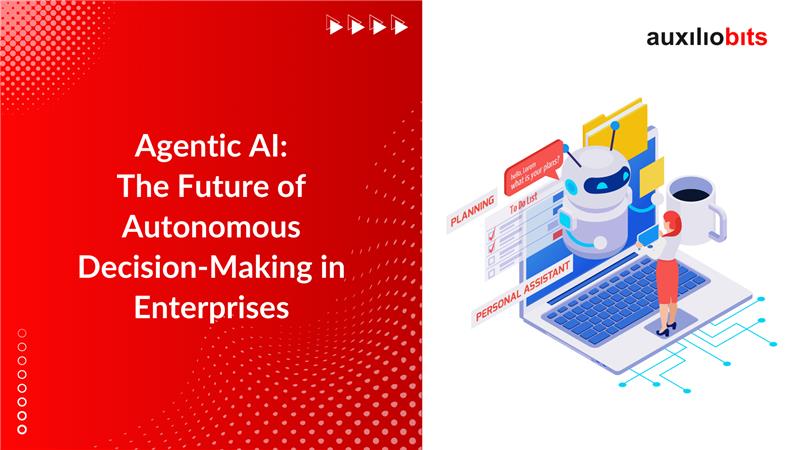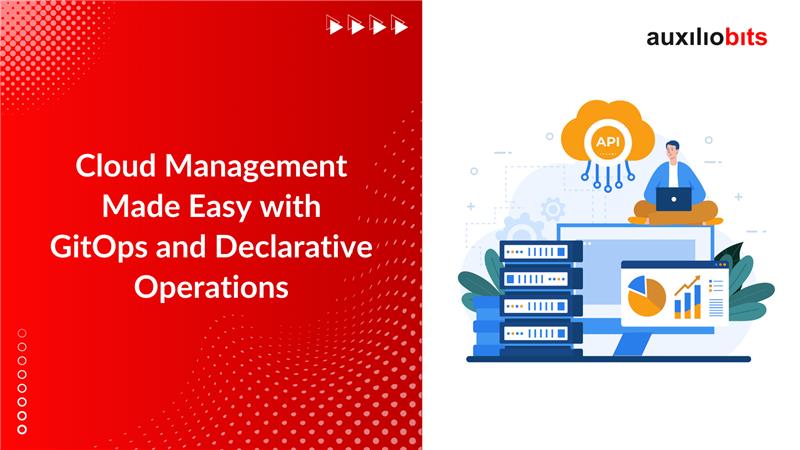
Managing cloud infrastructure is not an easy task, which is why most companies look for suitable solutions. Due to the need for frequent updates, distributed systems, and the growth of apps, it has become difficult to manage cloud infrastructure. Even if companies follow traditional methods, they face problems like error-prone tasks and struggle to keep up with agile development cycles. Additionally, challenges businesses face include deployment failures, misconfigurations, and downtime. Therefore, to address these issues, GitOps and declarative operations are the best approaches to cloud management.
Git is the one source of truth used in GitOps. Here, infrastructure configurations are expressed as codes. Every cycle is observed and examined to guarantee a dependable, open deployment system. Conversely, declarative operations demonstrate the condition of infrastructure rather than providing precise guidelines for management. In this sense, automated systems balance and preserve a suitable state in several contexts.
Are you a business that wants to improve its operational efficacy? Do not wait further; use GitOps and declarative operations together. Furthermore, it helps in lessening human mistakes by taking pride in offering real-time visibility into infrastructure changes. Businesses benefit from simplified rollbacks, consistent configurations, and quick deployments in cloud environments. It also helps enhance collaboration between the operation and development teams, enabling a DevOps culture.
To implement GitOps, you should use tools like Jenkins X, Argo CD, or Flux to automate deployment pipelines. For declarative tools, you should utilize tools like Terraform and Kubernetes to facilitate the management of your infrastructure. You should start by defining your infrastructure in code, setting up repositories for configuration management, and applying automated reconciliation mechanisms.
Also, read Why Should Small Businesses Consider Robotic Process Automation Services?
Learning About GitOps
GitOps is a practical, modern operational model that uses Git repositories as a single source of truth. It helps manage and deploy infrastructure. As a business, using GitOps gives you secure, consistent, and automated cloud management. Every single picture change is made using code. The code is stored in Git and then applied with signed pipelines, ensuring reliability and traceability.
GitIps revolves around four vital principles that are mentioned below:
1. Declarative Configuration
Declarative configuration files, consisting of JSON and YAML, help define application and infrastructure environments with GitOps. Unlike vital models, where commands explain how tasks are performed, declarative configurations specify a particular state of infrastructure. Tools like Terraform and Kubernetes interpret these files and ensure the environment matches the declared state.
2. Version Control
Git is known as a single source of truth, so it helps maintain version-controlled records for configuration files. Every change made to the infrastructure or an app setting is monitored, enabling simple collaboration, rollback, and auditing. Version control improves compliance and transparency while lessening the risk of human mistakes.
3. Automation
GitOps depends on automated continuous deployment pipelines to apply configuration changes. Once the changes are executed and approved in the repository, automation tools, including Argo CD and Flux, identify the updates. It also recognizes trigger deployment workflows. Because of this automation, manual intervention is decreased, delivery is accelerated, and configuration drift is lessened.
4. Monitoring and Reconciliation
Regular monitoring ensures that the current infrastructure state aligns with the declared state. If problems occur, reconciliation tools automatically identify and restore the desired configuration. This capability improves system resilience and uptime. By adopting GitOps, companies enjoy advantages like less operational overhead, consistent environments, and accelerated deployments. It enables collaboration among operation and development teams, strengthening security.
Learning About Declarative Operations
Declarative operations are a modern approach businesses can use to manage apps and infrastructure. They define the desired state without explaining the steps required to achieve it. Unlike imperative operations, which require explicit commands, declarative operations define the final state. Automation ensures that the infrastructure conforms to this desired state.
Declarative vs. Imperative Operations
- Declarative: Make sure there are three replicas of this application running.
- Imperative: Make sure to run this command to start three application instances.
In the declarative model, the system is responsible for understanding how to achieve and maintain the desired state. It monitors the environment and reconciles any deviations, providing self-healing capabilities
Benefits of GitOps and Declarative Operations in Cloud Management
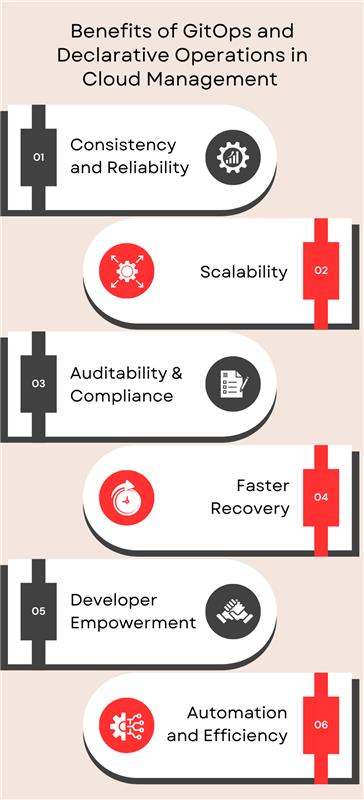
| Benefits | Description |
| Consistency and Reliability | Ensures infrastructure matches the desired state as defined in Git. |
| Scalability | Quickly scale operations across multi-cloud and hybrid cloud environments. |
| Auditability and Compliance | All changes are tracked, ensuring compliance with regulatory requirements. |
| Faster Recovery | Rollbacks are simplified by reverting to previous versions stored in Git. |
| Developer Empowerment | Developers can manage infrastructure through familiar Git workflows. |
| Automation and Efficiency | Reduces manual interventions by automating deployment processes. |
Steps to Implement GitOps and Declarative Operations
We have explained the steps to implement GitOps and declarative operations. Remember to follow every step to make the best possible use of it.
Step 1: Define Your Infrastructure
The first step in implementing GitOps is to define your infrastructure using Infrastructure as Code (IaC). IaC allows you to describe cloud resources such as virtual machines, databases, networks, and application services using declarative configuration files.
Tools to Use:
- Terraform: Ideal for managing multi-cloud and hybrid cloud environments.
- Pulumi: Supports multiple programming languages and offers flexibility.
- AWS CloudFormation: Native to AWS, simplifying AWS resource management.
Best Practices:
- Maintain all configuration files in a Git repository as the single source of truth.
- Implement clear folder structures to separate environments (e.g., Dev, QA, Prod).
- Enable version control to track all infrastructure changes.
- Use environment-specific variables and templates for reusability.
Step 2: Set Up a GitOps Tool
Next, choose a GitOps tool to automate deployments and manage your Kubernetes clusters. GitOps tools continuously monitor your Git repository for changes and apply updates to your cloud environment.
Popular GitOps Tools:
- Argo CD: A declarative, Kubernetes-native GitOps tool with advanced visualization.
- Flux: Offers seamless integration with Kubernetes and supports multi-cluster management.
Configuration Steps:
- Connect your GitOps tool to your infrastructure Git repository.
- Configure it to monitor specific branches or folders for deployment updates.
- Enable automatic synchronization to ensure the desired state is applied in real-time.
Step 3: Configure Continuous Deployment
Continuous Deployment (CD) is essential to GitOps workflows. It ensures that validated changes are deployed without manual intervention. Implementing CD pipelines allows your applications and infrastructure to remain desired.
Tools to Consider:
- Jenkins: A flexible automation server that integrates with GitOps tools.
- GitHub Actions: Native to GitHub, supporting automated workflows.
- GitLab CI/CD: Offers integrated CI/CD pipelines for seamless deployments.
Best Practices:
- Implement pipelines that run automated tests and validate infrastructure code.
- Use security scanning tools to detect vulnerabilities before deployment.
- Configure notifications for failed deployments to quickly address issues.
Step 4: Monitor and Reconcile
Once your infrastructure is deployed, continuous monitoring is essential. Declarative operations ensure the actual state matches the desired state by monitoring and reconciliation mechanisms.
Monitoring Tools:
- Prometheus: Open-source monitoring with powerful querying capabilities.
- Grafana: Visualizes metrics and generates dashboards for system health.
- Datadog: Provides cloud infrastructure monitoring and log management.
Reconciliation:
- GitOps tools automatically reconcile deviations by applying the desired configuration.
- If unintended changes occur, the tool will restore the environment to its intended state.
- Configure alerts for significant deviations to ensure rapid issue resolution.
Step 5: Implement Role-Based Access Control (RBAC)
Implement Role-Based Access Control (RBAC) policies to maintain security and compliance. RBAC ensures that only authorized users can modify infrastructure configurations.
Key Considerations:
- Apply least privilege principles—grant minimal access necessary for a given role.
- Use Git’s built-in access controls to manage repository permissions.
- Implement external tools like HashiCorp Vault for secure credential management.
Example Roles:
- Developers: Limited access to application code with no infrastructure control.
- DevOps Engineers: Manage CI/CD pipelines, infrastructure configurations, and deployments.
- Security Teams: Perform audits, ensure compliance, and monitor infrastructure changes.
Also, explore 9 Ways Robotic Process Automation is Revolutionizing Industries
Best Practices for GitOps and Declarative Operations
Here are some of the best practices explained for GitOps and declarative operations. Every practice is crucial. Check them out:
- Use Separate Repositories: Maintain different repositories for application code, infrastructure, and configurations.
- Enable Automated Testing: Validate configurations using automated testing frameworks before deployment.
- Implement Observability: Set up logging, monitoring, and alerting to detect and resolve issues.
- Use Branching Strategies: Follow Git branching strategies (e.g., GitFlow) to manage code changes.
- Perform Regular Audits: Periodically review your Git repositories to ensure proper documentation and security.
The Ending Thoughts
GitOps and declarative operations have revolutionized cloud management by offering a seamless, automated, and reliable way to manage infrastructure. By adopting these practices, enterprises can achieve greater efficiency, scalability, and resilience. Whether you’re a small business seeking agility or a large enterprise managing complex environments, GitOps and declarative operations can streamline your cloud management processes.
Ready to simplify your cloud management with GitOps? Start by defining your infrastructure as code, then explore tools like ArgoCD and Flux to automate and monitor your deployments. Embrace the future of cloud management today. Contact us at Auxiliobits to learn more.


